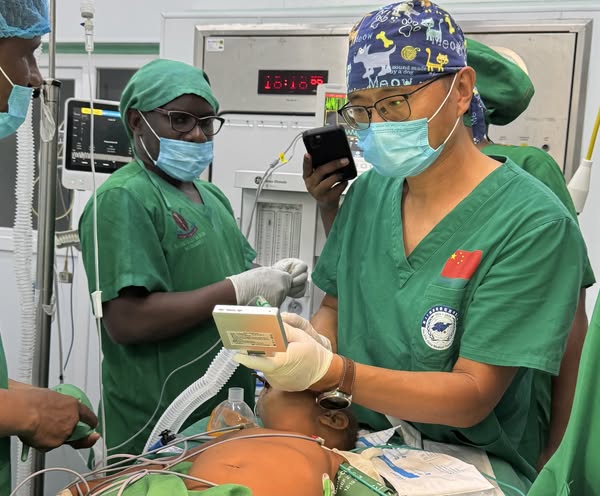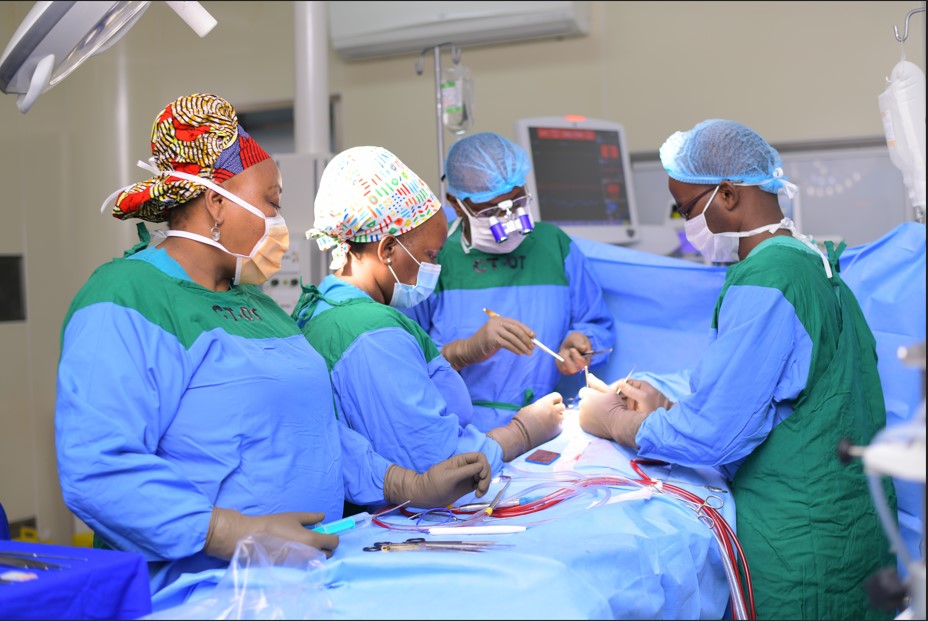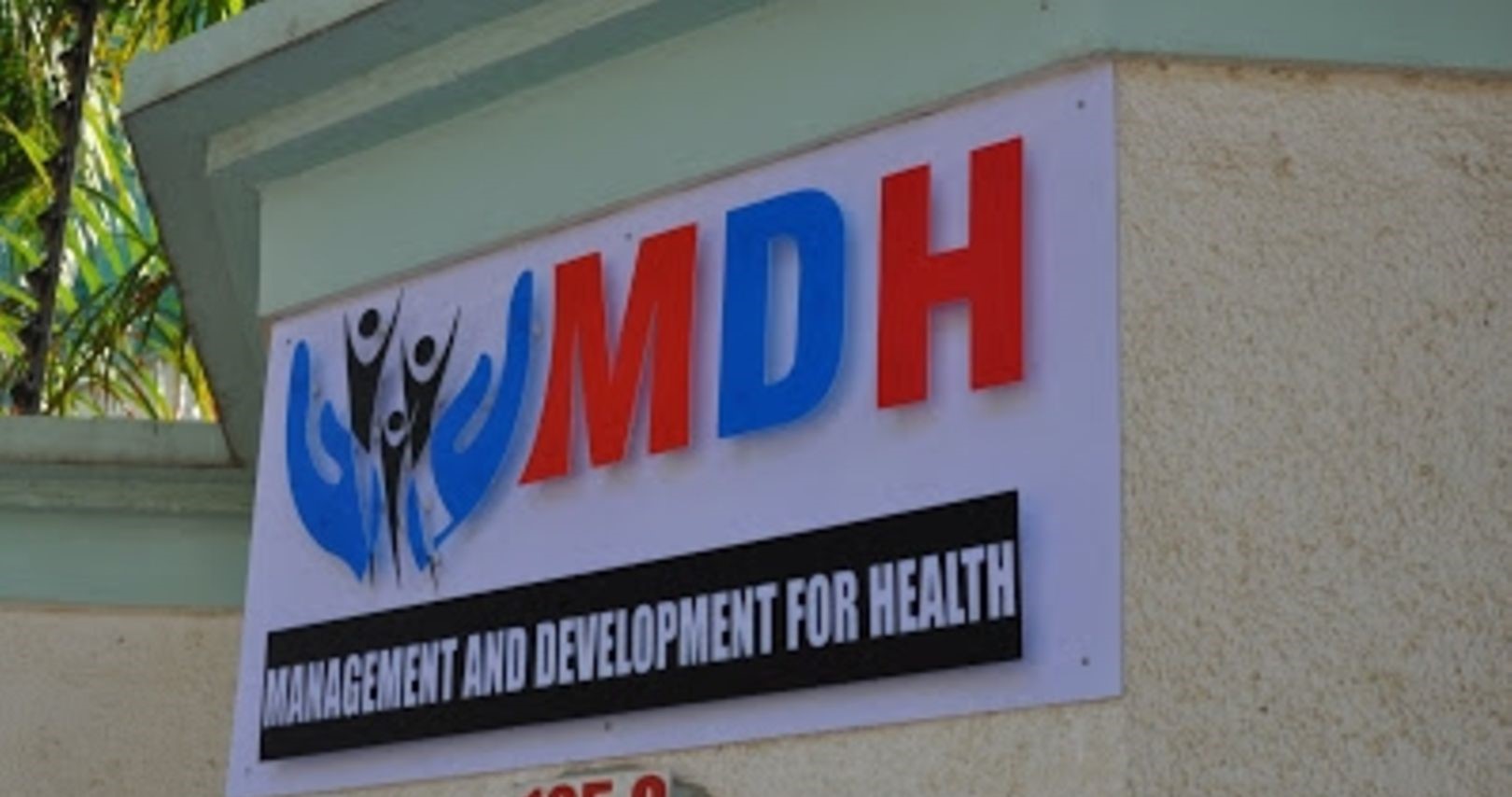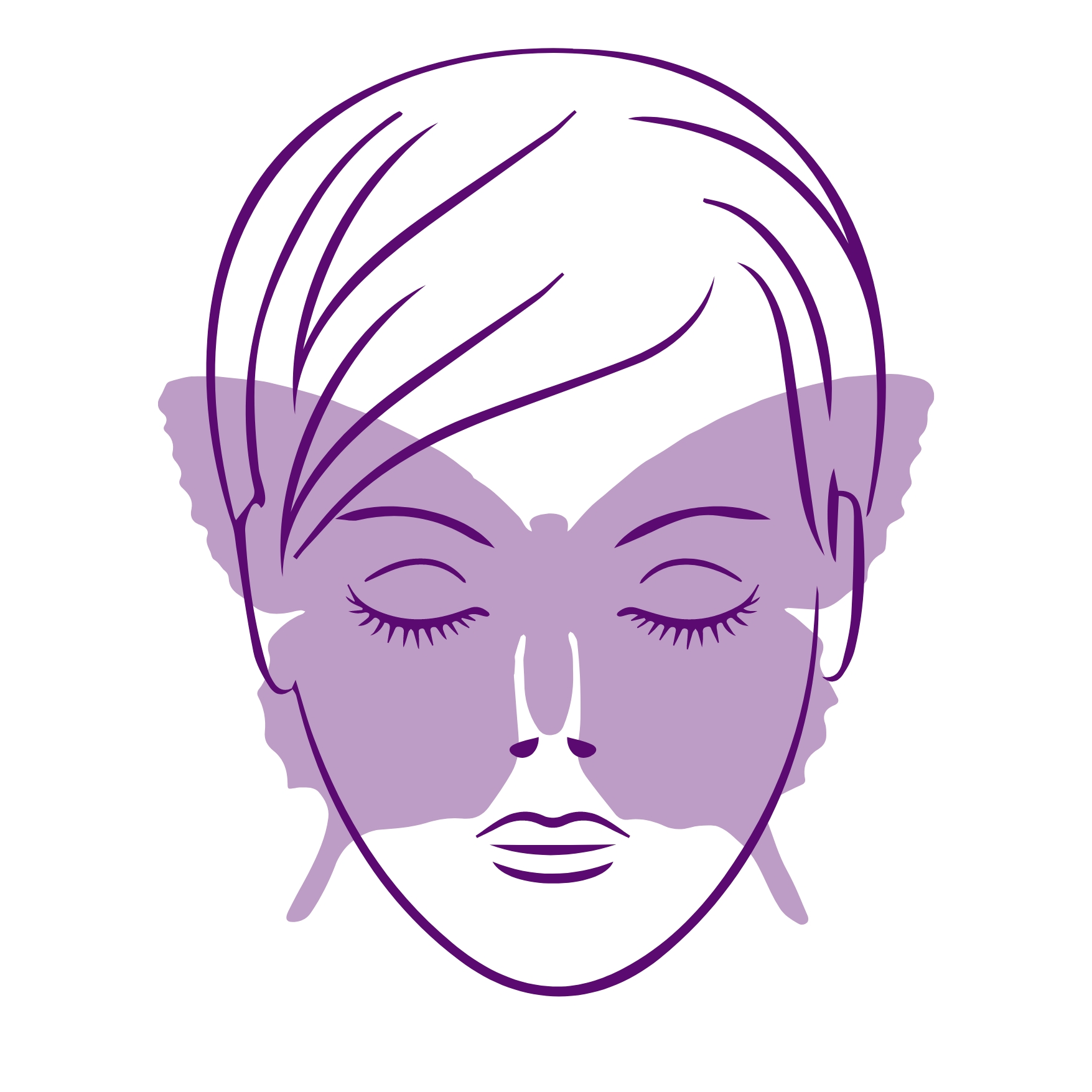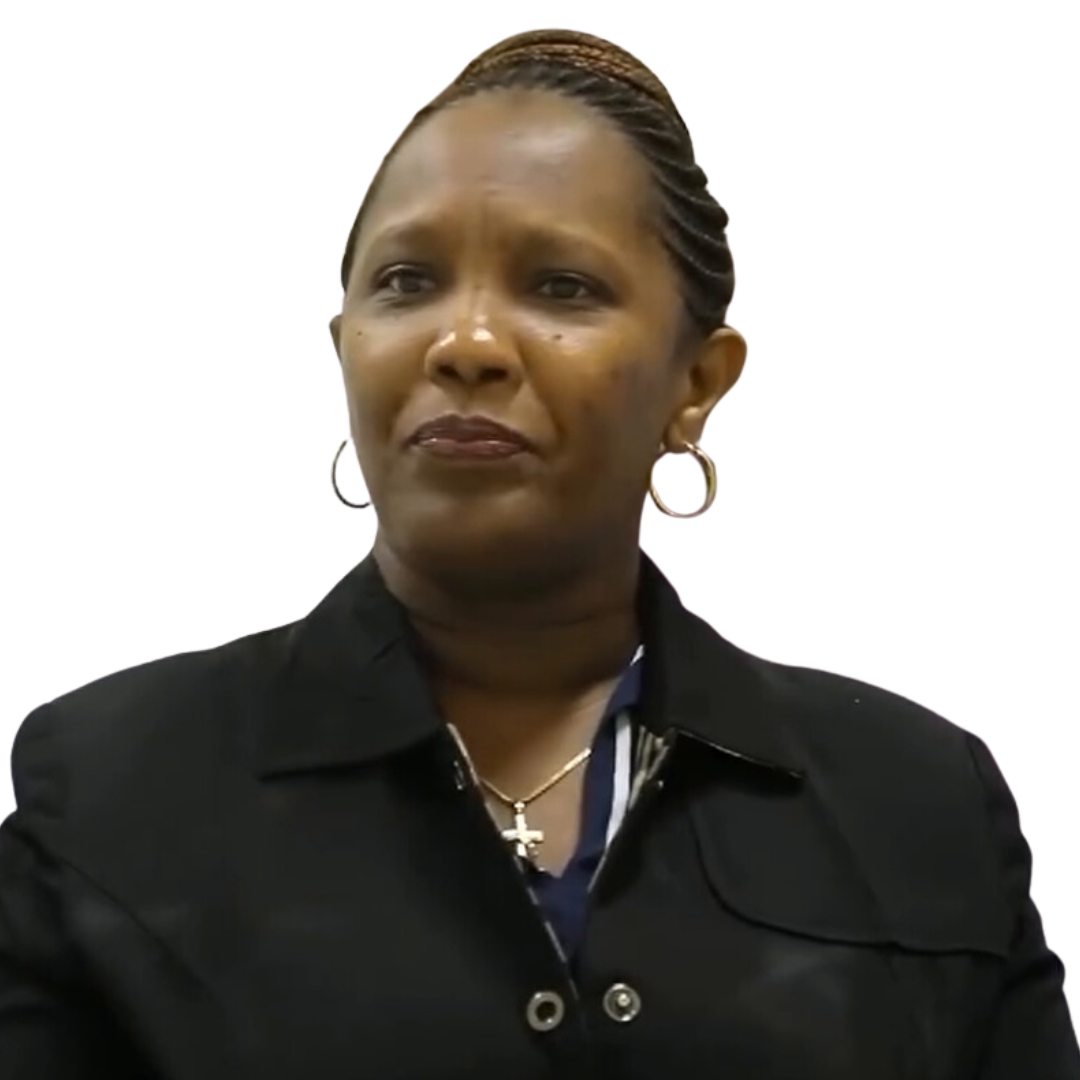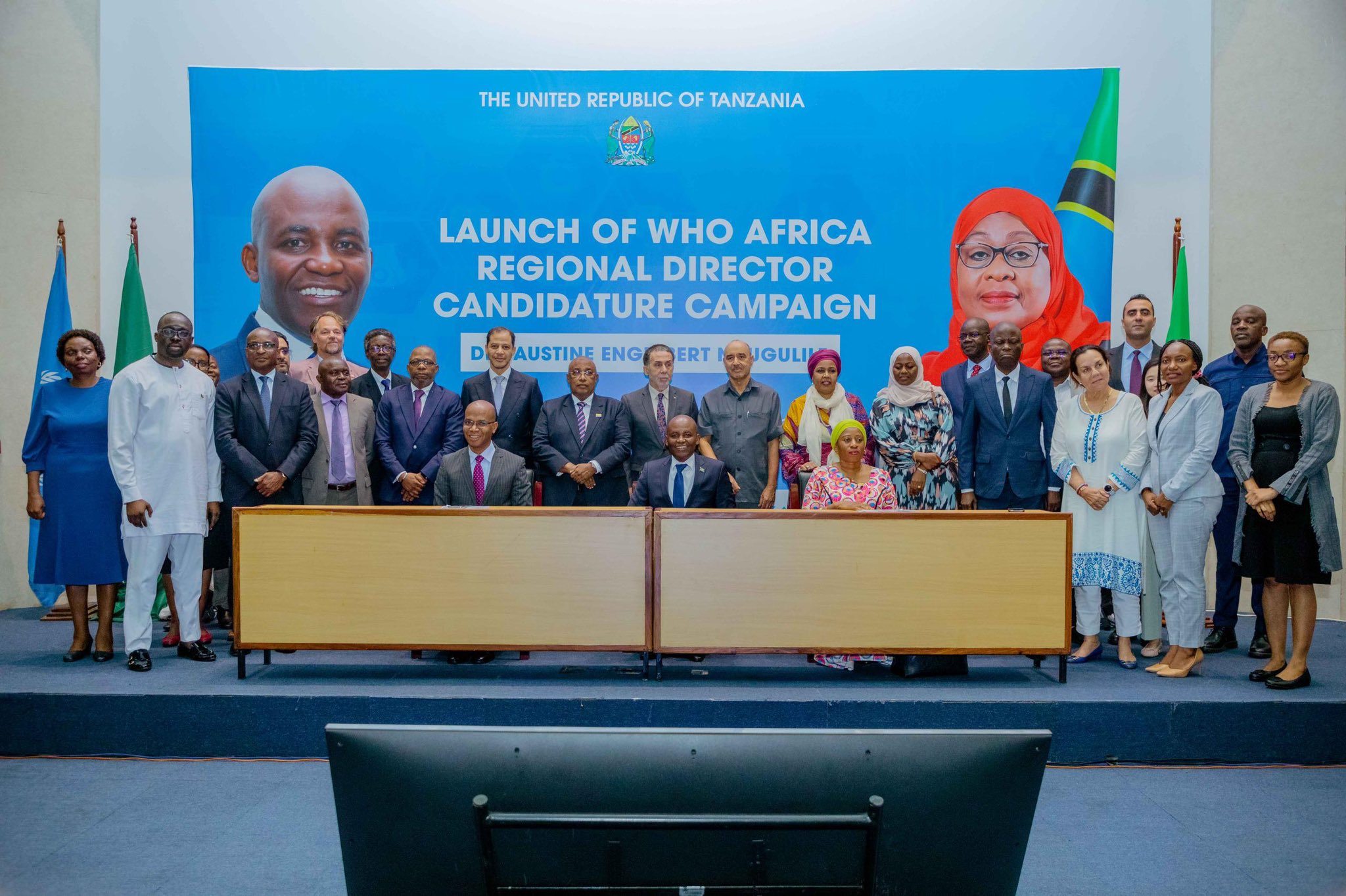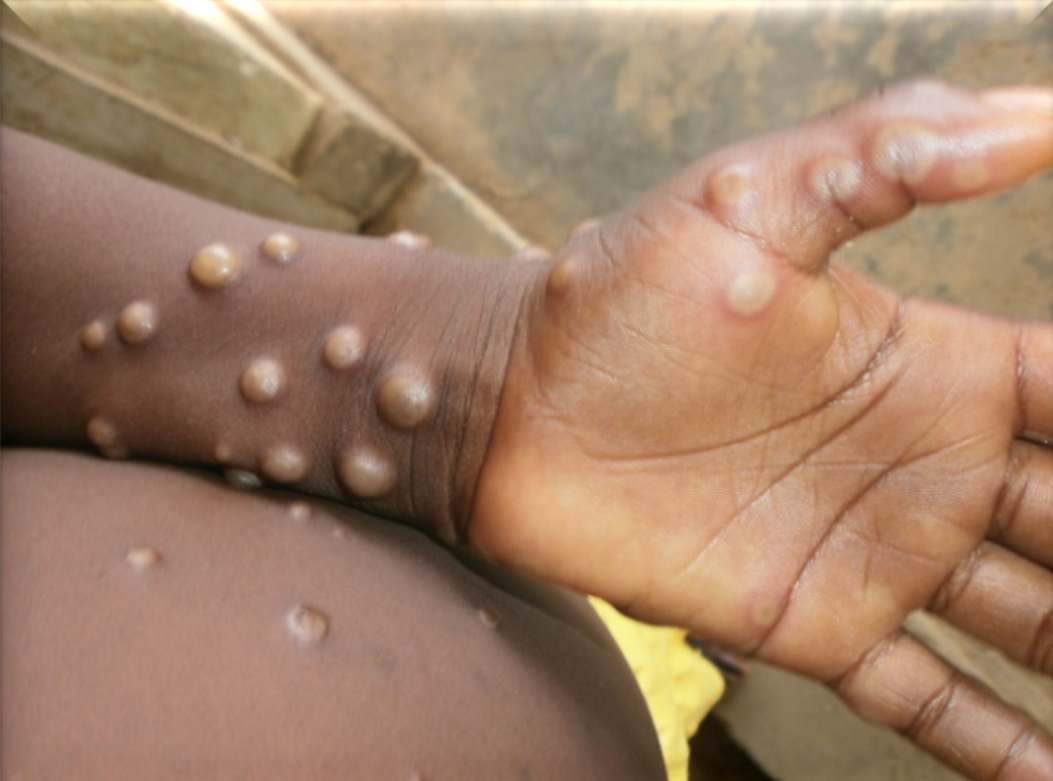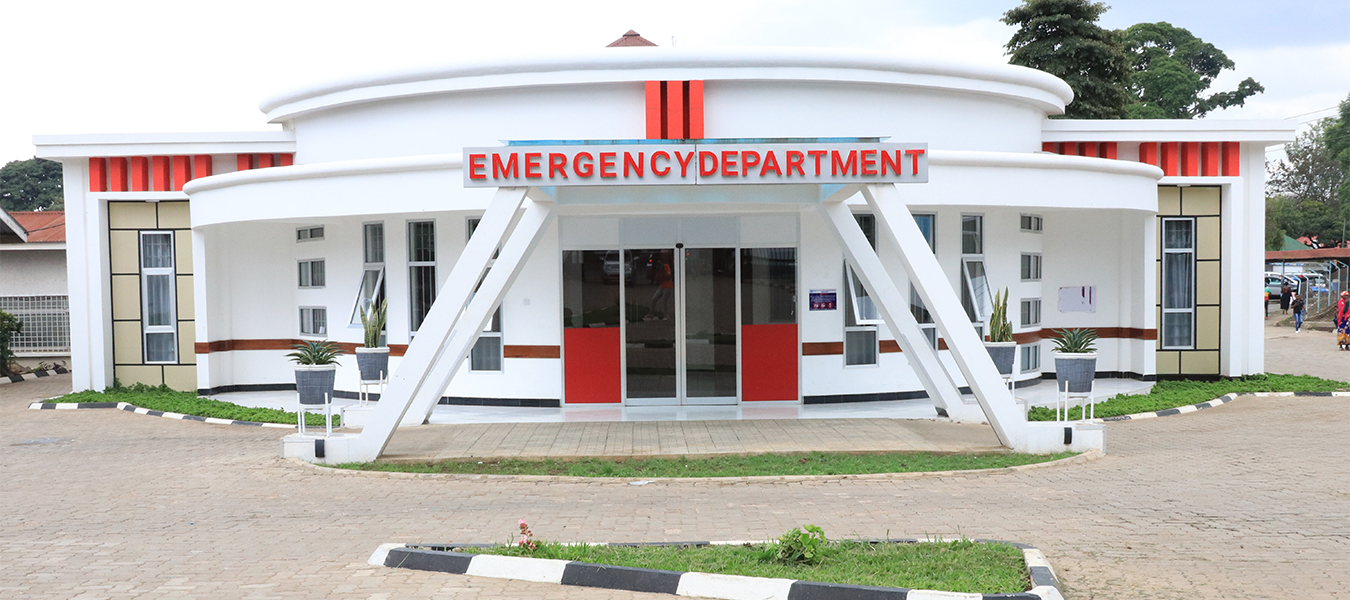It was 2006. Hajrrath Mohammed had just started Secondary School, with big career dreams ahead of her. Then, she started experiencing unusual symptoms. However, she knew everything would be alright, not until her hair began falling off and boils popping on her scalp. Gripped with fear, Hajrrath was now beginning to sense a bigger problem creeping into her life, and she was right; sadly. She felt pain in her bones and muscles, with spasms. Her ability to move was impaired, and the pain was so severe that she couldn’t sleep at night. She’d be too fatigued and weak to take care of herself. For most of the days she needed assistance. What began as swellings discharging pus on her scalp, had now spread to all parts of the body, consequently affecting her quality of life and school progress.
Ray of hope
The saying, “understanding the problem is half the battle won,” began making sense through Hajjrath’s predicament. After 9-years of a long, weary and painful journey with an unknown condition, it was finally confirmed in 2015 that Hajrrath was suffering from Lupus. But it wasn’t easy to arrive at this conclusion, yet the disease itself was still a mystery.
Where to run for help
Over 17 years ago, the word lupus was a new vocabulary in Tanzania. Thus, by the time Hajrrath discovered that she had the condition, it was very difficult for healthcare providers to diagnose and assign to her the care she desperately needed.
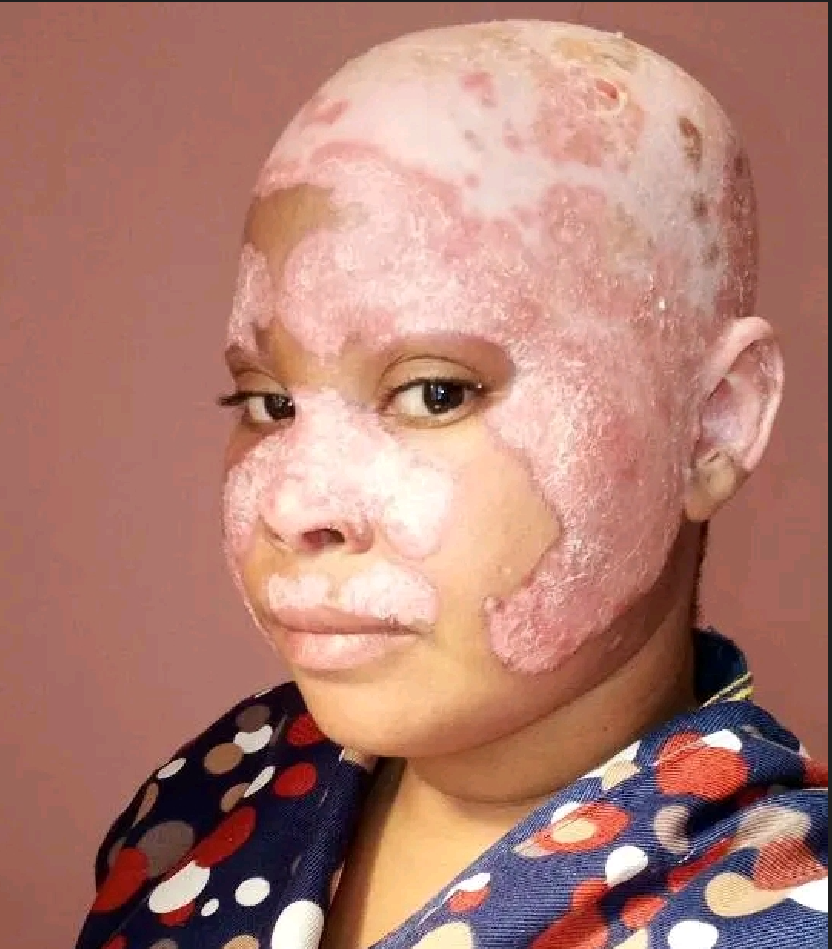
By the way, she started experiencing the symptoms when she was a Form One student in Pwani Region. At school, teachers and fellow students thought she had developed an allergic skin reaction to water or a fungal infection. Unfortunately that wasn’t the case and whatever medications she used didn’t work. In June that year, the condition forced her to leave school and go back home to Dar-es-Salaam where she embarked on her journey to find the diagnosis of her-then-unknown-condition.
Parents left guessing
Believing she had a skin condition, her parents started consulting specialists in skin diseases at a famous clinic in Kariakoo, a busy market centre in the Central Business District of Dar es Salaam. After four months of treatment without improvement at the clinic, her family decided to seek treatment at the Muhimbili National Hospital(MNH).
Puzzle for healthcare providers
Earlier in 2007, eight specialists in skin diseases had tried but in vain to establish the condition that was affecting her, despite conducting all routine medical tests. All tests ruled out any possibility of an illness and yet she looked so ill. Unable to explain the situation, the healthcare providers withheld the results for three weeks before disclosing them to her parents. She recounted the experience as devastating for her parents, forcing them to find a second opinion.
After years of multiple consultations around Dar-es-Salaam, in 2015 she was taken back to MNH. Hajrrath recalls that she could hear specialists mentioning the word “Lupus.” Then, the word kept being mentioned, but the puzzle for them was how to properly diagnose it. So she had her samples taken and sent to South Africa where specific tests were done and after a week, she was finally told what the problem was actually –Lupus–a lifelong disease in which the body’s immunity attacks and destroys healthy tissues and organs. It can affect many parts of the body including joints, skin, heart, the kidneys and brain.
The word lupus comes from Latin, which means Wolf. Some people who develop this condition have a red rash over their cheeks and the bridge of their nose. The location of this rash is the same as the common markings of a wolf, hence the name “lupus.”
Rare opportunity in India
After confirming her diagnosis in South Africa, Hajjrath had what she describes as a “rare opportunity” to go to India where doctors confirmed further that she was indeed suffering from Lupus. This is where she began treatment.
“While in India, I was now able to understand what the condition was and how I was going to survive with it. Back home the doctors never explained. That was a challenge for me,” she says.
Stigma, and self-stigma
At some moment, Hajjrath felt the society was repelling her, such as while on public transport, popular as daladala, or being denied a job opportunity after a mere glance at her face. She says, “people believe this disease is a curse.”. She has endured false claims that her parents are sacrificing her for riches. Others have attributed her skin condition to using whitening creams. However, she says, the public is still unaware of this condition and therefore it makes it hard for them to understand how to support lupus patients. Other than stigma from the society, she says, they also experience self-stigma and other patients tend to shy away from the society.
The hustle for treatment
Hajrrath says that the treatment, when accessible, it’s usually very expensive and some important drugs are unavailable in Tanzania. There is also the issue of pill burden, having to take twenty pills after every major meal. Hindrance to treatment is also compounded by the scarcity of specialists for such autoimmune disorders. To her knowledge, she’s aware of only two rheumatologists in Tanzania. She highlights that healthcare providers, especially in lower level health facilities, are unable to provide optimum care because, like the public, they too have no knowledge on lupus. Another challenge surrounding patients in Tanzania is how healthcare workers deliver the news of the diagnosis to patients. .
Suicide attempts
She recalls meeting a lady who wanted to end her life after being told by a healthcare provider that the disease is deadly.
Coping didn’t come naturally for her, she had to learn to accept herself and accept her diagnosis. She’s had to learn to avoid stress and negative emotions in order to prevent flares. But also she has a strong support system of friends and family, who actively support her journey.
The advice that Hajjrath would give to a person receiving the lupus diagnosis for the first time is to first accept the condition, to avoid unnecessary stress and get enough rest, follow treatment plans and conduct monthly checkups. Exercise is very important. But she also advises their family to actively support them and surround them with love. Lastly she encourages spiritual well-being.
New lease of life
For Hajrrath, the best thing to get out of this condition was when she started the Lupus Awareness Support Foundation (LASF), the first organization to advocate Lupus awareness in Tanzania.
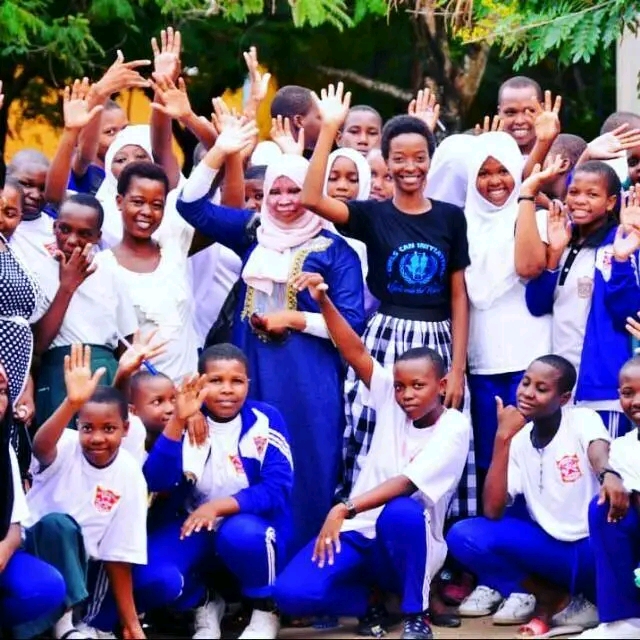
LASF founder Ms. Hajrrath during a Lupus awareness campaign at Makongo high school in Dar es Salaam. PHOTO CREDIT/ LASF
She started her organization in 2017, two years after her diagnosis, and through it she has reached many patients across the country, sending support and spreading knowledge through social media platforms, street projects called Mtaa kwa Mtaa and visiting schools every year.
Currently in Tanzania, there are several patient advocacy groups and their families, including Lupus Tanzania (LUPUSTZ), Lupus Warriors Tanzania, in addition to Hajrrath’s foundation, Lupus Awareness and Support Foundation (LASF).
Research gap
She recommends more research on the condition, especially establishing the burden of disease in Tanzania and obtaining information on diagnostic and treatment options that can be used to better devise optimum interventions for lupus patients in our settings.
About Lupus
On May 10th each year we put on purple attire to celebrate World Lupus Day. Since 2004, this day has been dedicated to honor those with lupus and spread awareness, educating the public about the symptoms and impacts of lupus on individuals and families. Purple is the official colour worn to show support to every individual that has been affected. This year’s theme: “Make Lupus Visible”, is a call to make lupus and its psychological and socio-economic ramifications known to the public.
How to know someone has Lupus
This depends on which body parts are affected. Patients with lupus may have symptoms similar to other diseases. This makes it difficult to diagnose it. The most characteristic sign of lupus is a “butterfly-shaped rash” spreading over the cheeks and nasal bridge. Although this is a common manifestation, not all people with lupus have this rash. Other common signs and symptoms include fatigue, fever, joint pain, stiffness and swelling. Skin lesions that appear or worsen after sun exposure. Chest pain and shortness of breath, confusion and poor memory.
The presentation of lupus varies among individuals, no two cases are alike. Some present with symptoms suddenly while others gradually. Some present with severe forms, others with mild episodes called flares. Flares happen when symptoms are exacerbated by triggers in the environment but improve or even disappear.
Types of lupus
There are several types of lupus including: Systemic Lupus Erythematous (SLE) which is the most common and usually referred to when the term ‘lupus’ is used. This type affects all organ systems. Discoid (Cutaneous) Lupus Erythematous is another type and it only affects the skin causing rashes and lesions. The other type is Drug Induced Lupus which usually disappears when the medication causing it is removed. Lastly, the Neonatal lupus. This type occurs when a newborn inherits lupus from their mother and symptoms usually disappear after a few months.
What causes lupus, and who is at risk?
Lupus happens when the body’s immune system damages healthy tissues, the cause of which is still unknown. Nevertheless it is likely to develop from an interaction between multiple genetic factors and environmental factors. When people with a genetic predisposition to lupus get into contact with environmental factors such as sunlight, infections and certain medications can trigger the occurrence of lupus.
Although lupus affects people of all ages, gender and race, the incidence is higher among women between ages of 15 and 45, affecting more commonly the Africans, African-Americans, Hispanics and Asians
Genetics and lupus
Studies have shown that lupus runs in families and having a sibling with lupus increases the likelihood of developing the disease. Genetics is believed to contribute 40% to 60% of the risk for lupus, however environmental factors play a significant role in its occurrence.
Diagnosing lupus
Diagnosing lupus is often difficult since more often than not its symptoms are mistaken for other diseases and there isn’t a lab test specific for its diagnosis. Health practitioners need to get information on the symptoms and family history of lupus or any other autoimmune diseases and also perform a full physical exam to look for rashes and other manifestations. Urine and blood tests can be done to check for the antinuclear antibody (ANA). This test shows if the immune system is making antibodies against normal cells.
Treating lupus
Lupus cannot be cured, however, treatment and lifestyle modifications can help relieve symptoms and improve the quality of life. The goal is to prevent flares, treat symptoms and prevent further organ damage. Medications like steroids, antimalarials and over-the-counter NSAIDs help to relieve joint pain and swelling, skin rashes and headaches. In severe cases chemotherapy is used however it lowers immunity and therefore increases risk of infection.
It is important that every individual with lupus identifies their triggers in order to prevent flares. Coping with lupus challenges will need one to follow the treatment plan, protect themselves from sun, get enough sleep, reduce stress and join a support group such as Lupus awareness and Support Foundation.
Lupus in Tanzania and way forward
Lupus is a detrimental disease, yet people do not know about it. In 2021, the Muhimbili University of Health and Allied Sciences (MUHAS), in efforts to make lupus known, conducted an event to commemorate lupus awareness month, during which lupus advocates raised awareness and urged other health professionals to advocate lupus in public. Social media platforms have been utilized over time to show support and increase public awareness. Despite these efforts, there’s still more work to be done.
Like in other parts of the world, there are no up-to-date statistics to describe the extent of the disease in Tanzania. Research is needed to understand the presentation, diagnostic approach and treatment options for lupus. Public awareness campaigns should be conducted to increase public knowledge and support for lupus warriors.
Update: *The article has been updated (21st July 2023)to include a photo of Hajjrath during an awareness campaign, and a highlight of LASF, the organisation she founded.

